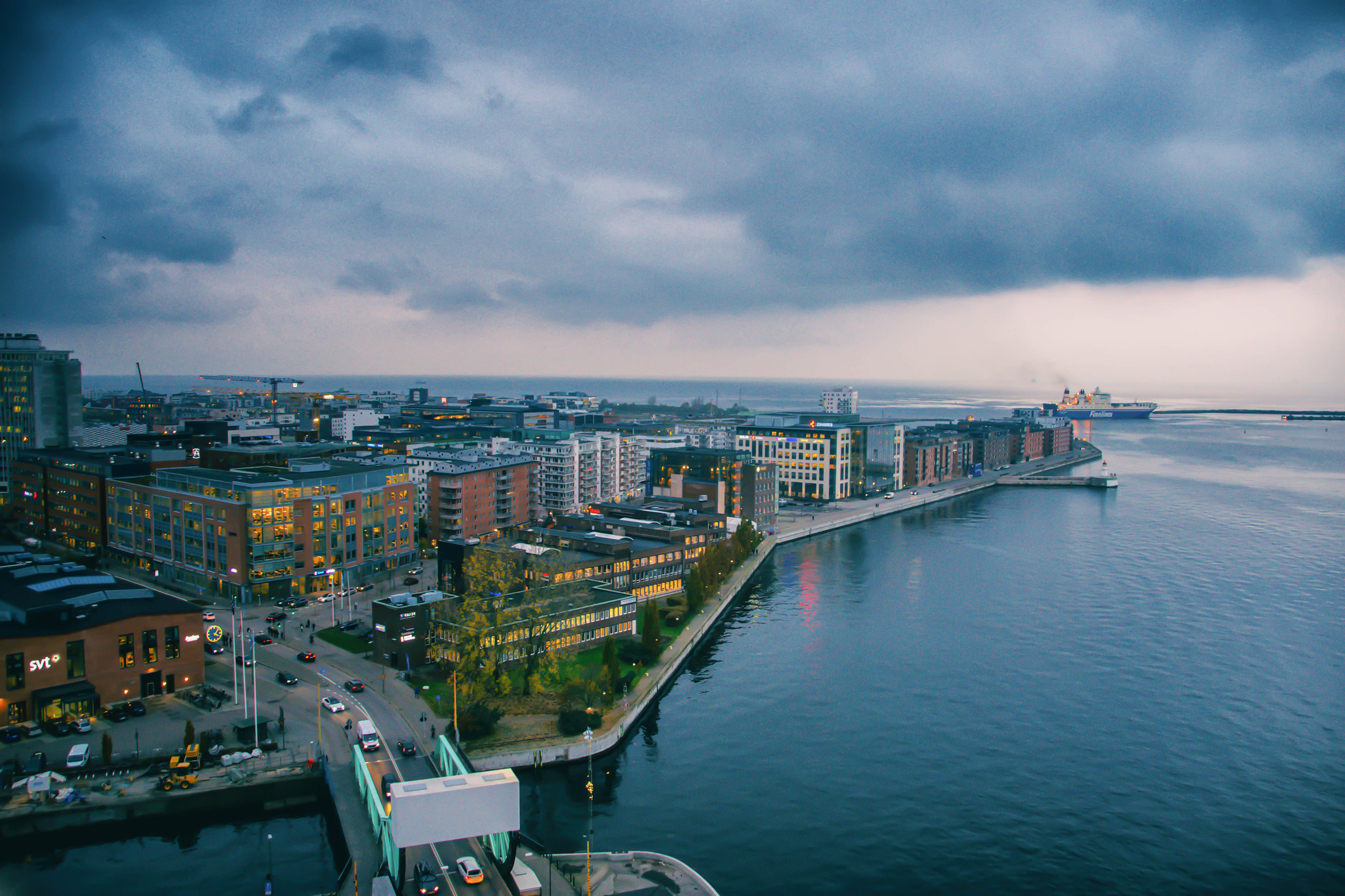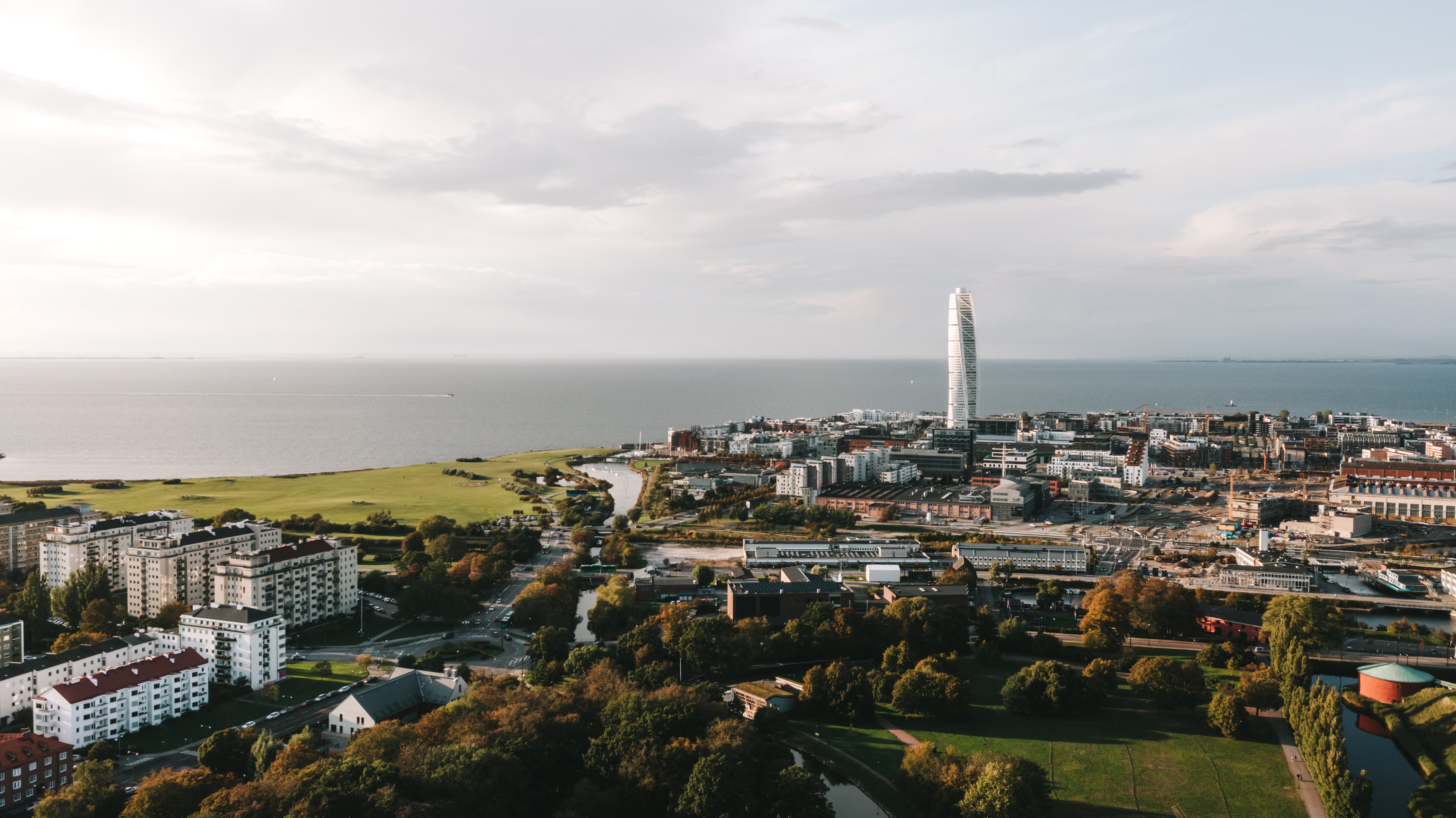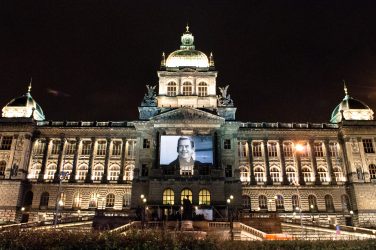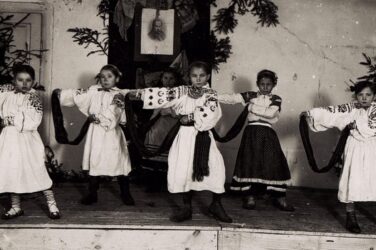Following on her recent essay on segregation in Malmö, Samaré Gozal gives E&M readers an exclusive insight into her conversation with public officials of the city – discussing mechanisms of segregation and the link between fear of crime and actual crime.
In the essay Rosengård – Beyond headlines and labels, later re-published as Malmo, a segregated city – separating fact from fiction, I wrote about Rosengård, a neighbourhood which is often viewed as one of the symbols of segregation in Sweden’s third-largest city, Malmö. The aim was to examine existing ideas about segregation in Sweden. Also highlighted in the article is the role the media may play in shaping and perhaps even cementing some beliefs held by the public about the association between segregation and crime.
Although it may be argued that much of the domestic and foreign coverage has been skewed and at times even sensationalised for effect, the issue of segregation is nevertheless a reality which has been a priority for the city officials of this southern city for years. A while back, I interviewed Tom Roodro, project leader in sustainable development at the Malmö city office. Our conversation was about the mechanisms behind segregation, its consequences and potential remedies. Parts of the interview were used in the above mentioned article. Now, with the recent focus on fear of crime and gang-related violence in Malmö, the natural next step was to interview Per Erik Ebbeståhl, lead-strategist at the city office who works with fear of crime and security issues in the city. Ebbeståhl sheds further light on some of the misconceptions and discrepancies that exist not only regarding the links between segregation and gang-related crime, but also between fear of crime and actual rates of reported crime.
This article presents parts of the original interview with Roodro, together with the new interview with Ebbeståhl, bringing a new dimension to the issue. The primary focus here is on the relationship between fear of crime and the real probability of being a victim of crime in Malmö. Often, soon after a particularly shocking violent crime occurs on the streets of the city, the media has a tendency to draw parallels to larger structural patterns of risk and fear in society. Could media coverage of this nature inflate the public’s fear of crime?
The different perspectives offered by both public officials are complementary. They serve as a glimpse into what happens behind the scenes of a European city which is working towards improving the terms of integration for its population.

One thing important to remember about segregation is that there always needs to be at least two parties involved… That means that one area cannot be segregated on its own.
The anatomy of segregation
Would you classify Malmö as a segregated city and if so in what way is it segregated?
Roodro: Malmö is a segregated city where socioeconomic segregation is strongly connected to ethnic segregation. You can see this by looking at a pilot study from 2018 where we observed 192 different areas in Malmö. One thing that is important to remember when we talk about segregation is that there always needs to be at least two parties involved. In other words, it is relational. That means that one area cannot be segregated on its own (this is something that most people get wrong when they speak about segregated areas). My point of departure is that the city as a whole is segregated. Even areas such as Limhamn, Bunkeflo and Västra Hamnen are by definition segregated. When I read through your questions I see that you focus mostly on Rosengård. I’m sure there are different reasons for that but I think it would probably be good if you broaden your description of segregation. Having said that, of course, Rosengård has its problems (unemployment, child poverty, overcrowding, etc.) which should be addressed. But the area, and those who live there, also have potential that may be worth including.
How did segregation in Malmö come about? What are the underlying factors that created segregation and are maintaining it at present?
Roodro: Segregation is fundamentally linked to where you can afford to ask for accommodation. That, in turn, is linked to what the housing stock in an area looks like. Is it mostly rented apartments, co-operative apartments or sole ownership properties? In other words, it is about having access to capital to buy or rent accommodation in the area that you want. Segregation is also often related to social problems like crime, unemployment and child poverty etc. – but all of this can be traced back to the basic conditions of a person’s upbringing. For example, the quality of schools is not equal in all areas.
I can, however, not give you a complete answer as to how segregation came about. The sad response is that it is a complicated phenomenon and there are probably as many causes as there are solutions.
What are the consequences of segregation and how can it be reduced?
Roodro: Segregation is self-perpetuating. If we take schools for example: according to the Swedish National Agency for Education, schools where students come from similar socioeconomic backgrounds, such as students in so-called vulnerable areas, have less of a chance to improve their grades. Segregation has a series of consequences but education is a fundamental prerequisite to success later in life. Furthermore, I believe that segregation in itself decreases trust between the inhabitants of Malmö. In their respective neighbourhoods, there may very well be a high level of trust between residents but, when those same people go to other neighbourhoods, they might have a lower sense of trust towards residents of that area.
To reduce segregation, I think measures need to be taken in a variety of areas. For one thing, we need a more mixed housing stock. This is a long-term goal that Malmö is working towards but progress is slow and it may well take many years before we see any results. I also think that those of us who wish to develop Malmö must create possibilities for inhabitants of the city to be a part of the city. For the municipality, this means a range of endeavours stretching from urban development strategies to social services and everything in between.
Gang-related crime and segregated areas
There has been an enormous focus in Swedish media about how violent crime is on the rise in Sweden. There has been mention of how criminal activity linked to gangs has become more severe and often vulnerable areas and immigration have been cited as factors to consider. How do you view the link between gang-related criminal activity and segregation?

Ebbeståhl: First of all, what we have in Malmö is not gang-related crime in the traditional sense but a more varied grouping of individuals who are continuously shifting their loyalties. That is also one of the reasons for the violent crime we see. Having said that, there is a link between the fact that a larger number of young men fail to finish school with adequate grades, which in turn prevents them from continuing their education, and those recruited for criminal activities. It is a form of segregation, but the traditional interpretation where one refers to segregation by way of segregated neighbourhoods is not as clearly linked to violent crime in our case.
Malmö is a geographically small city. The so-called vulnerable areas are in central parts of the city (compared to other cities). The different parties, by which I mean those individuals who shoot at one another, do so where they come into contact with each other. And this is not necessarily where they reside. They are “active” all over the city and not just in vulnerable areas – as opposed to, for example, Stockholm or Gothenburg where vulnerable areas are in the periphery of the city and with clear geographic borders and geographically bound individuals.
The media issue
How do you feel segregation affects the media’s image of Malmö?
Roodro: In short, I believe that the media gives one perspective of reality but they cannot reflect all of reality. That’s why they often select what stands out, which is often negative.
It is better to focus on making the city as good as possible to live in than trying to change its image
How do you think Swedish media as well as media outlets abroad, can improve their portrayal of Malmö?
Roodro: In part, I think that the media should strive for a more balanced news reporting. With that said, I also think that it is better to focus on making the city as good as possible to live in than trying to change its image. By having the best schools, pre-schools, home care services, cultural events and so on, then the image will change as well.
What to do
What should we focus on to improve the conditions for integration and what positive measures is the City of Malmö taking to move in that direction?
Ebbeståhl: To a large degree the key is to create a school where students feel seen and believe that they have a real chance of succeeding. That is why we have been focusing a lot on schools and we have, amongst other things, changed the city’s administrative structure so that educational activities can be managed in a better way. We also work with universal prevention to decrease the risk of digression from social norms amongst youths.
CTC (Communities-That-Care) is about measuring risk and protection factors amongst all students in 7th grade up to the first year of high school. Then, a so-called risk profile is identified on a local level. In other words, risk factors that stand out and the protection factors that are missing locally are assessed. Subsequently, the team assigned to that particular area, consisting of civil servants, the police, businesses and organisations, identify and implement evidence-based prevention method or models to address a specific local problem. This is done with support of local actors. The purpose is to tackle underlying factors rather than the fallout.

Fear of crime and actual reported crime rates
Is there any link between the fear of crime reported in the police’s yearly fear of crime survey and the actual rate of reported crimes in Malmö?
Ebbeståhl: No, unfortunately not. Since we started measuring the reported crime rates in 2009, the numbers have never been as low as now. Yet, the fear of crime, especially amongst women, is not decreasing at the same pace.
Would you say that Malmö is a safe city?
Ebbeståhl: Yes, the rate of reported crime has been decreasing steadily and is now significantly lower than in, for example, Stockholm. The cases of extreme violence which result in death are limited to a very small group that primarily has links to narcotics.
The perceived sense of safety is on the rise, but not as fast as the decrease that we are seeing in crime rates.
Why do you think that there is such a discrepancy between the fear of crime and the actual reported crime rates?
Ebbeståhl: The types of crime that break through in the media are considered dramatic and generate a lot of articles in traditional as well as digital media. In Malmö, we see that the perceived sense of safety is on the rise, but not as fast as the decrease that we are seeing in crime rates. The feeling of safety is subjective and largely based on how much an individual trusts their capacity as well as how much faith they have in society’s ability to guarantee their safety. If one has the impression that the police cannot solve dramatic crime cases, then there might be a low level of trust in society. At the individual level, we see that older women are the ones who have a high rate of fear of crime (low capacity but also a very low probability of being a victim of crime) while young men are the ones who feel the safest, with the lowest rates of fear of crime (high capacity, but also a high probability of being a victim of crime).
There are also strong counterforces that do not want Malmö to be a safe city, or to be considered a safe city, and are actively working against the dissemination of accurate information. When we presented the police’s latest survey on fear of crime (which shows that we have record-low crime rates and an increased sense of safety in the city) on our social media platforms a week or so ago, we got 800 comments in one hour, all negative, and mostly from people outside of Malmö or from false profiles.
Cover Photo: News Oresund (Flickr); License: CC BY 2.0





